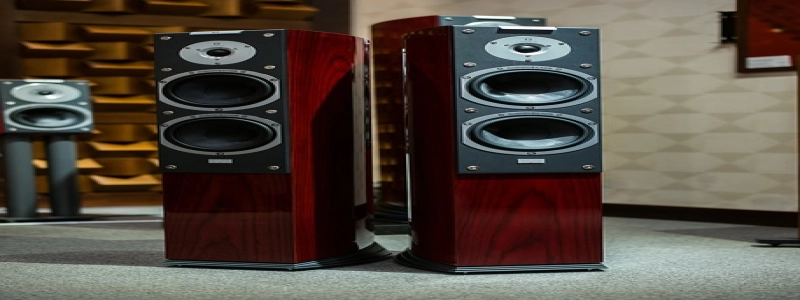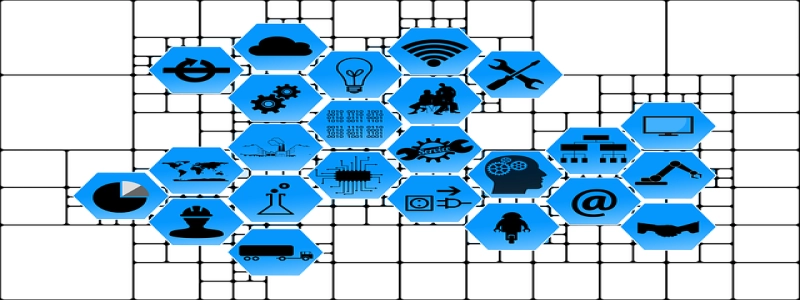Cable for Gigabit Ethernet
Introduction:
Gigabit Ethernet has become the standard for high-speed networking, offering data transfer rates of up to 1000 Mbps. To achieve this level of performance, it is essential to have the appropriate cable infrastructure in place. In this article, we will discuss the different types of cables used for Gigabit Ethernet and their specific characteristics.
I. Category 5e Cable:
Category 5e (Cat 5e) cable is the most common type of cable used for Gigabit Ethernet. It is an enhanced version of the older Category 5 (Cat 5) cable, designed to support higher frequencies and provide better crosstalk and noise resistance. Cat 5e cable has four twisted pairs of copper wires and can transmit data at speeds of up to 1000 Mbps. It is widely available, affordable, and suitable for most Gigabit Ethernet installations.
II. Category 6 Cable:
Category 6 (Cat 6) cable is an improved version of Cat 5e cable, offering even higher performance. It has stricter specifications for crosstalk and system noise, allowing for better signal quality. Cat 6 cable can transmit data at speeds of up to 10 Gbps over short distances, making it ideal for high-bandwidth applications. It also has a thicker gauge wire, reducing the resistance and increasing the overall throughput. Although more expensive than Cat 5e cable, Cat 6 is recommended for future-proofing Gigabit Ethernet networks.
III. Category 6a Cable:
Category 6a (Cat 6a) cable is an augmented version of Cat 6 cable, specifically designed for 10 Gigabit Ethernet applications. It provides improved performance, especially in terms of noise resistance and alien crosstalk. Cat 6a cable has an even thicker wire gauge and an additional layer of shielding, allowing for longer cable runs and better transmission quality. While it is more expensive than Cat 5e and Cat 6 cables, it is necessary for high-speed network environments with demanding requirements.
IV. Fiber Optic Cable:
Fiber optic cable is another option for Gigabit Ethernet, offering the highest performance and longest distances. It uses light to transmit data instead of electrical signals, providing immunity to electromagnetic interference and enabling data transmission over much greater distances. Fiber optic cable can support data rates of up to 10 Gbps, making it suitable for high-speed networking. However, it is more expensive and requires specialized equipment for installation and maintenance.
Conclusion:
Choosing the right cable for Gigabit Ethernet is crucial to ensure optimal network performance. Category 5e, Category 6, and Category 6a cables are widely used options, with each offering different performance levels and price points. If you require the highest performance and longer cable runs, fiber optic cable is the preferred choice. By understanding the characteristics of each cable type, you can make an informed decision based on your specific networking requirements.








